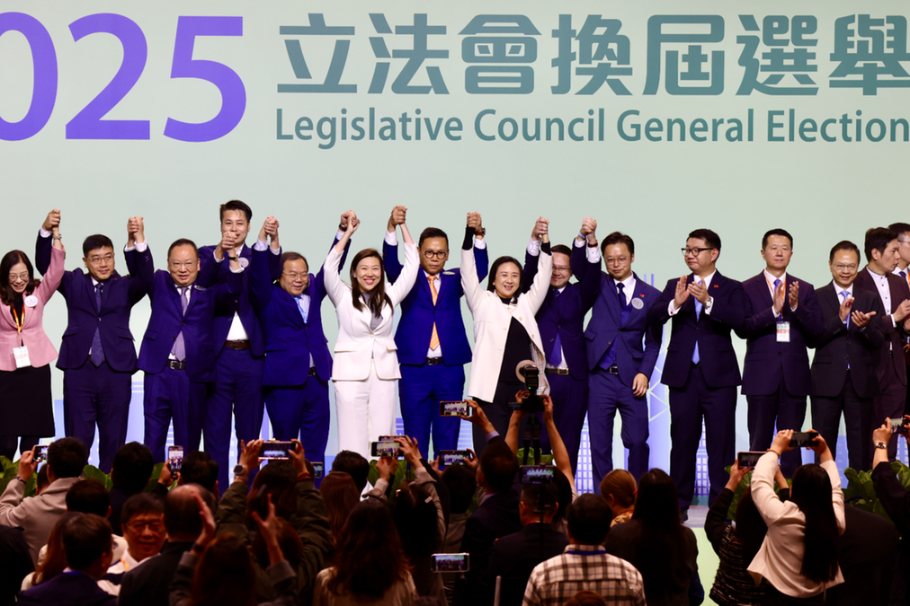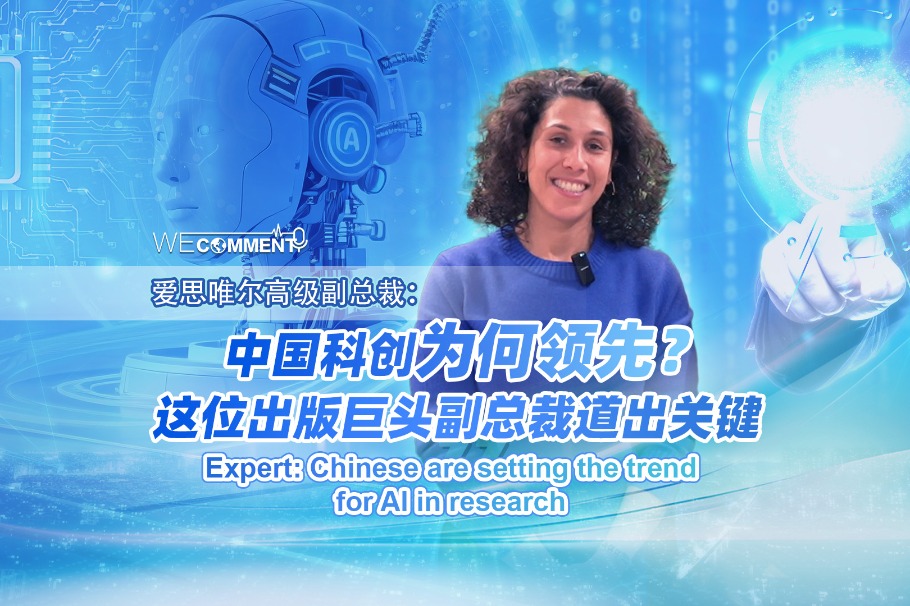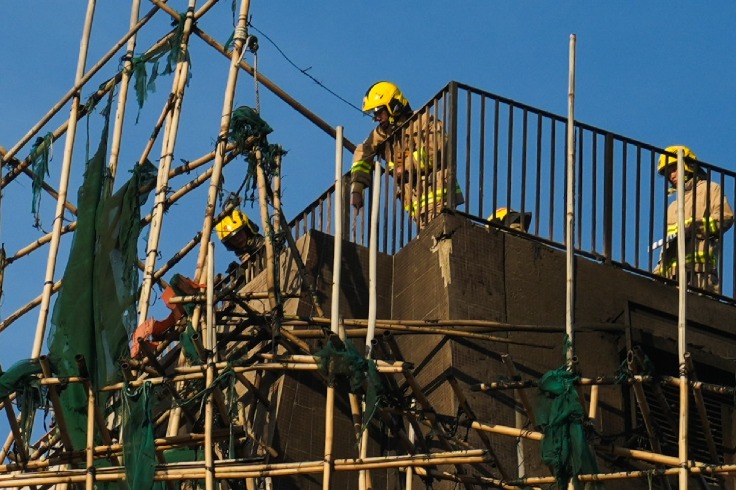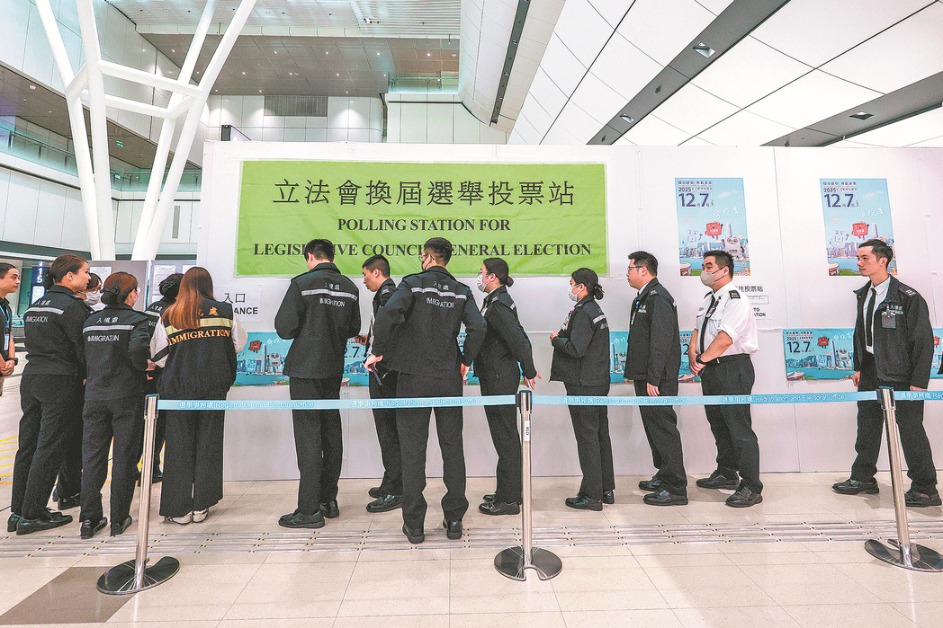Education system in search of reforms

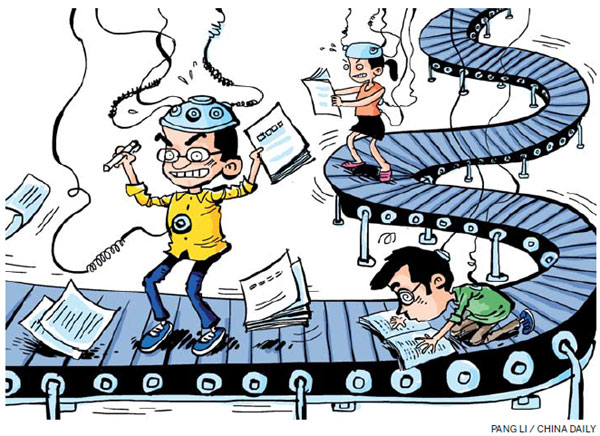
Super schools ensure some students' success, but changes are needed to make education more national
The college entrance exam (or gaokao) has put "super high schools" in the spotlight. And by portraying some shocking scenes from such schools, the popular documentary film A Bite of China has sparked a debate on special high schools such as Lu'an Maotanchang High School in Anhui province.
The school is known for preparing students for the gaokao, success in which is seen as a ticket to prestigious universities and high-paying jobs. Last year, 22.3 percent of the students of this school secured high enough marks in the gaokao to enter key universities, and 82.3 percent cleared the all-important exam. The school has been known as the "biggest college entrance exam factory in Asia" because its only goal is to ensure that its students excel in the gaokao.
The majority of the school's students are those preparing to take the gaokao a second time after having failed to clear it in their first attempt or simply to secure better marks to enter a better university.
The media also talk about another kind of "super school": top middle schools that have excellent students and education resources. These massive middle schools and the so-called super high schools are the byproducts of the current education system in which the college entrance exam plays the most vital role.

Every year, a huge number of senior high school graduates sit for the gaokao for a second time because of the current admissions policy for institutions of higher learning. According to the policy, a student can be admitted by only one college. Since many students are unhappy with the college they are admitted to or the majors they are offered (or fail to clear the gaokao), their families compel or persuade them to take the exam a second time.
The problem is that, in some areas, students who cannot get admitted to a key university are regarded as failures despite having cleared the gaokao. Since key universities can accommodate only 8.5 percent of the successful gaokao candidates, schools like the Maotanchang High School are able to attract more than 8,000 high school graduates to give the college entrance exam a second try.
The only goal of these students and their families is excelling at the gaokao, so the rules of such schools are quite strict. Only scores count here. The small town in Anhui province from where the Maotanchang High School operates is known as the town of the college entrance exam. Maotanchang has unofficially cancelled all entertainment activities, and its residents have accepted the move because the gaokao business is the "pillar industry" of the town. That perhaps explains why most of the students excel in the gaokao after studying here for one year - students have nothing else to do except study all day.
Such schools will become more popular and prosperous if the existing education system and academic environment do not change. Super high schools are usually the best schools in an area, and where education resources are concentrated, so they attract top students. In some areas, almost half of the local students who enter top universities are from one single super high school.
These super schools have created a peculiar situation. On one hand, given these schools' excellent college enrollment rates and education resources, many students put in their best efforts to get admitted to them and accept their intense, exam-oriented education system. On the other, most of the other schools find it difficult to guarantee a quality education because resources are concentrated in the super high schools.
To correct this undesirable situation, the authorities have to improve the education management and move forward on gaokao reforms. They should change the higher education policy to promote equal competition among colleges, and allow universities. They should encourage more independent college enrollment that would allow students to apply to several colleges and colleges to enroll students independently.
The exam-oriented education system can be streamlined if students' destiny is not decided only by the gaokao and they are given the opportunity to make multiple choices for higher education.
The author is vice-president of the 21st Century Education Research Institute. The views do not necessarily reflect those of China Daily.
(China Daily Africa Weekly 06/13/2014 page12)
Today's Top News
- Proactive fiscal policy in 2026 emphasized
- IMF Shanghai Center to foster global cooperation
- Trade growth to help advance opening-up
- Japan 'locked' in its historical amnesia: China Daily editorial
- China brings home 1,178 telecom fraud suspects from Myanmar
- CPC Central Committee holds symposium with non-CPC personages on economic work
















